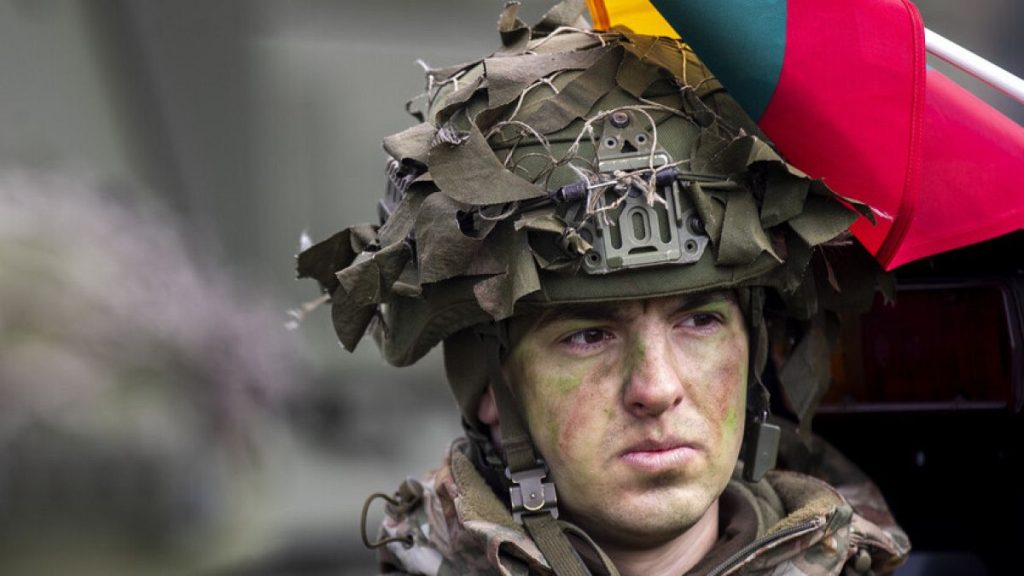Summarize this content to 2000 words in 6 paragraphs
The Baltic nation’s announcement comes weeks after US President-elect Donald Trump said NATO allies should spend at least 5% of GDP on defence.
Lithuania will increase its defence spending to between 5% and 6% of GDP starting in 2026 due to the threat of Russian aggression in the region, the Baltic nation’s President Gitanas Nausėda said on Friday.Nausėda said the “historic decision” was taken by the the country’s State Defence Council on Friday to achieve that level of spending from 2026 to 2030.”The possibility of Russian military aggression is still real, but not imminent. We need to increase our efforts to strengthen defence and deterrence significantly, devoting more resources to this end,” Nausėda said at a press conference in Lithuania’s capital Vilnius. The NATO and EU member, which borders Russia and its ally Belarus, currently spends slightly more than 3% of GDP on defence. Reaching the 5% target would make Lithuania the NATO country spending the most on defence as a percentage of its GDP. The current leader is Poland, which spends more than 4% of its GDP on defence and is projected to approach 5% by the end of the year.Lithuania’s announcement comes after US President-elect Donald Trump this month called for NATO allies to raise defence spending to 5% of GDP — a level currently unmatched by any member of the military alliance — up from the current 2% target.Trump has for years expressed scepticism about NATO, openly questioning the value of the alliance that has defined US foreign policy for decades, and more recently threatening not to defend members that fail to meet defence-spending goals.There has been a mixed reaction from European NATO leaders to Trump’s comments, with some stressing the difficulty of spending so much on defence, while others — particularly those on NATO’s eastern front who feel most vulnerable — backed the idea.”Our security is also assured by our membership in the NATO alliance, but it will only be effective if we are prepared to defend ourselves,” Nausėda said.Speaking at the press conference alongside President Nausėda, Defence Minister Dovilė Šakalienė said the additional spending would go toward advance payments on Leopard tanks, air defence systems and other equipment, which will help to accelerate deliveries.Šakalienė belongs to a new centre-left government that took office last year vowing to make security a key priority for the small nation of just under 3 million people. The government last month increased its international borrowing limit in order to be able to borrow the money for defence investments.NATO members have ramped up defence spending following Russia’s full-scale invasion of Ukraine in February 2022. As of the end of last year, 24 of its 32 countries had met the 2% of GDP spending target, up from just seven nations in 2018. Additional sources • AP


